Day 60 - The Chūgoku 33 Temple Kannon Pilgrimage, Japan - Big Japanese Monk In Maniji Temple, And The Amazing Sand Sculptures In The Tottori Sand Museum






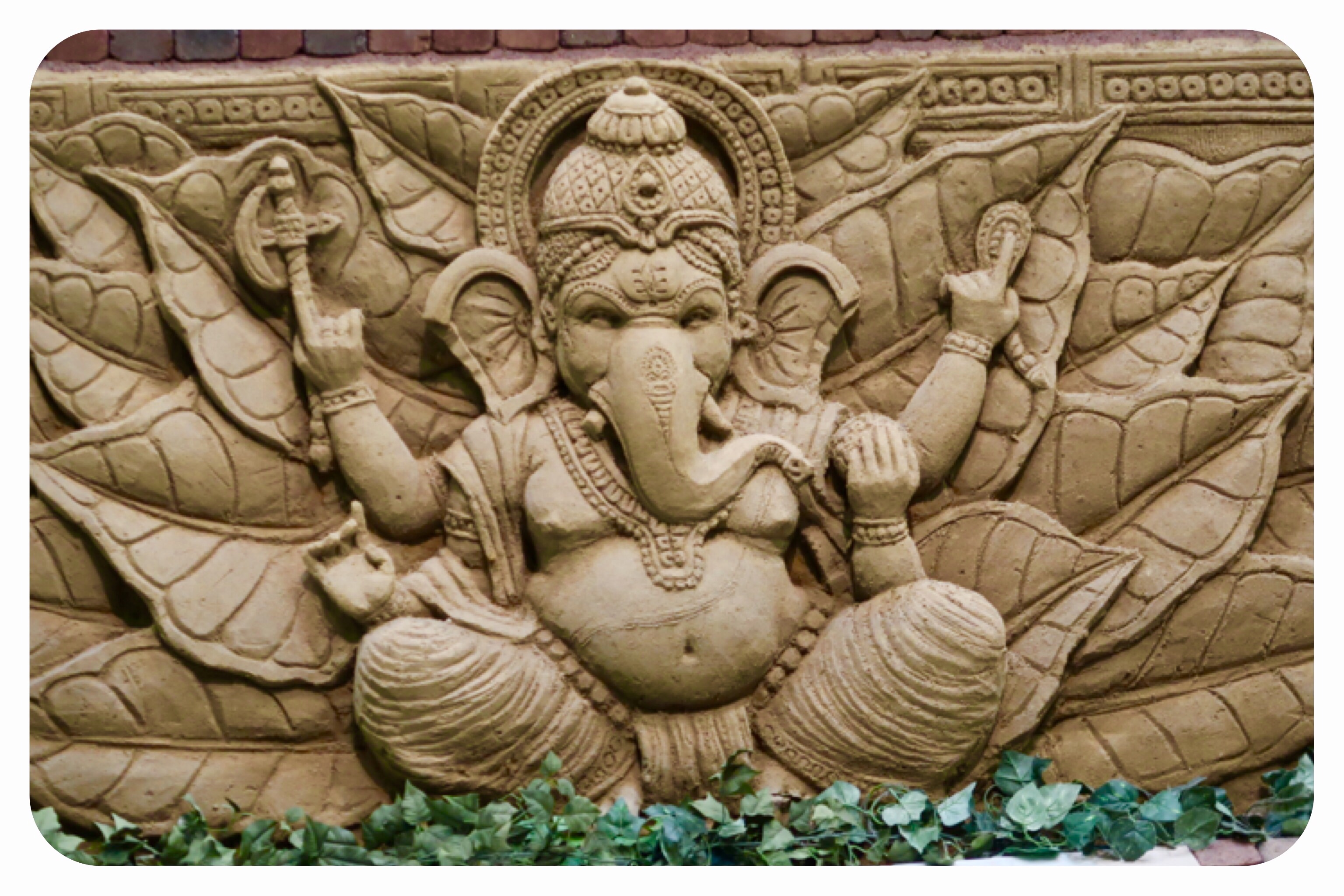

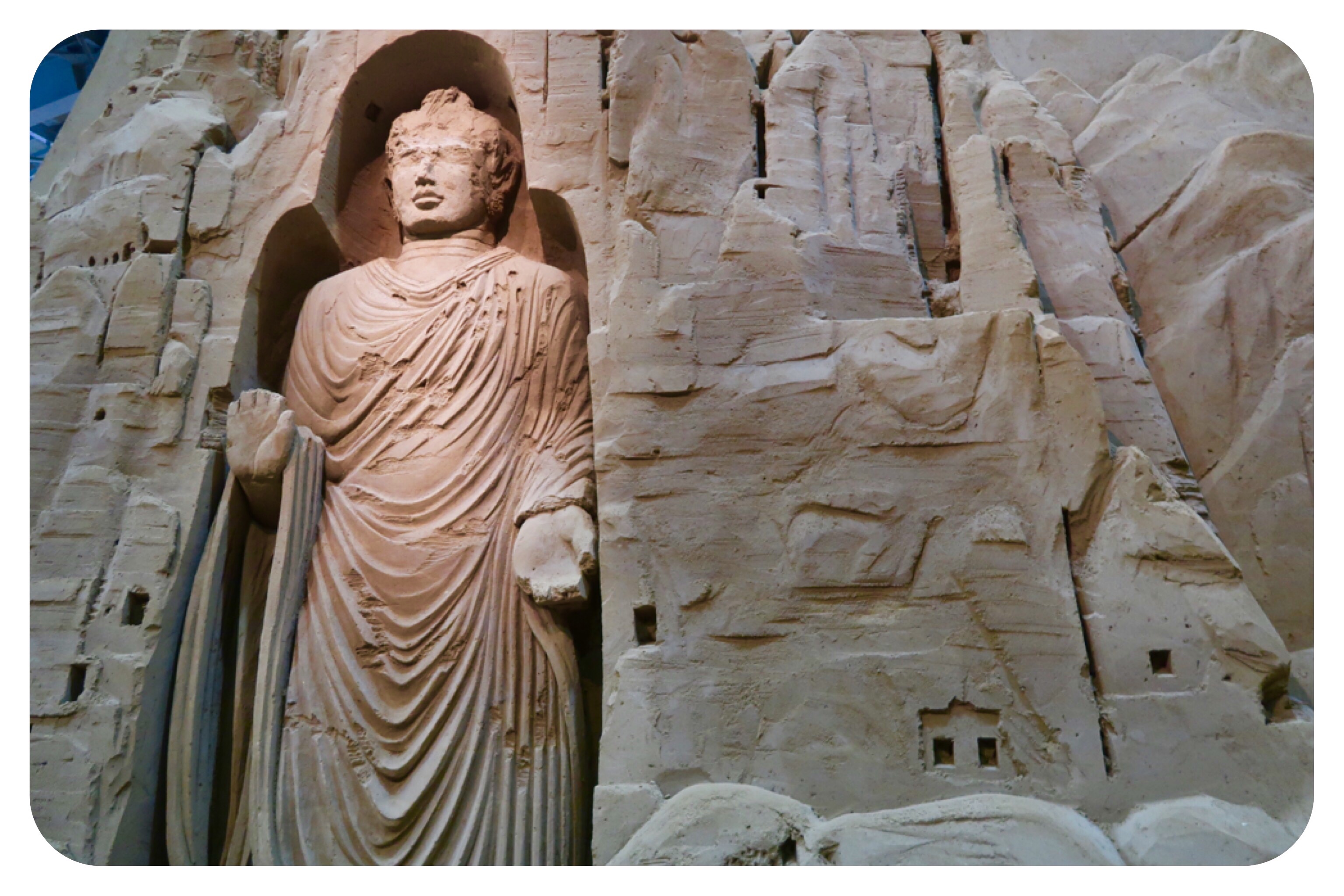







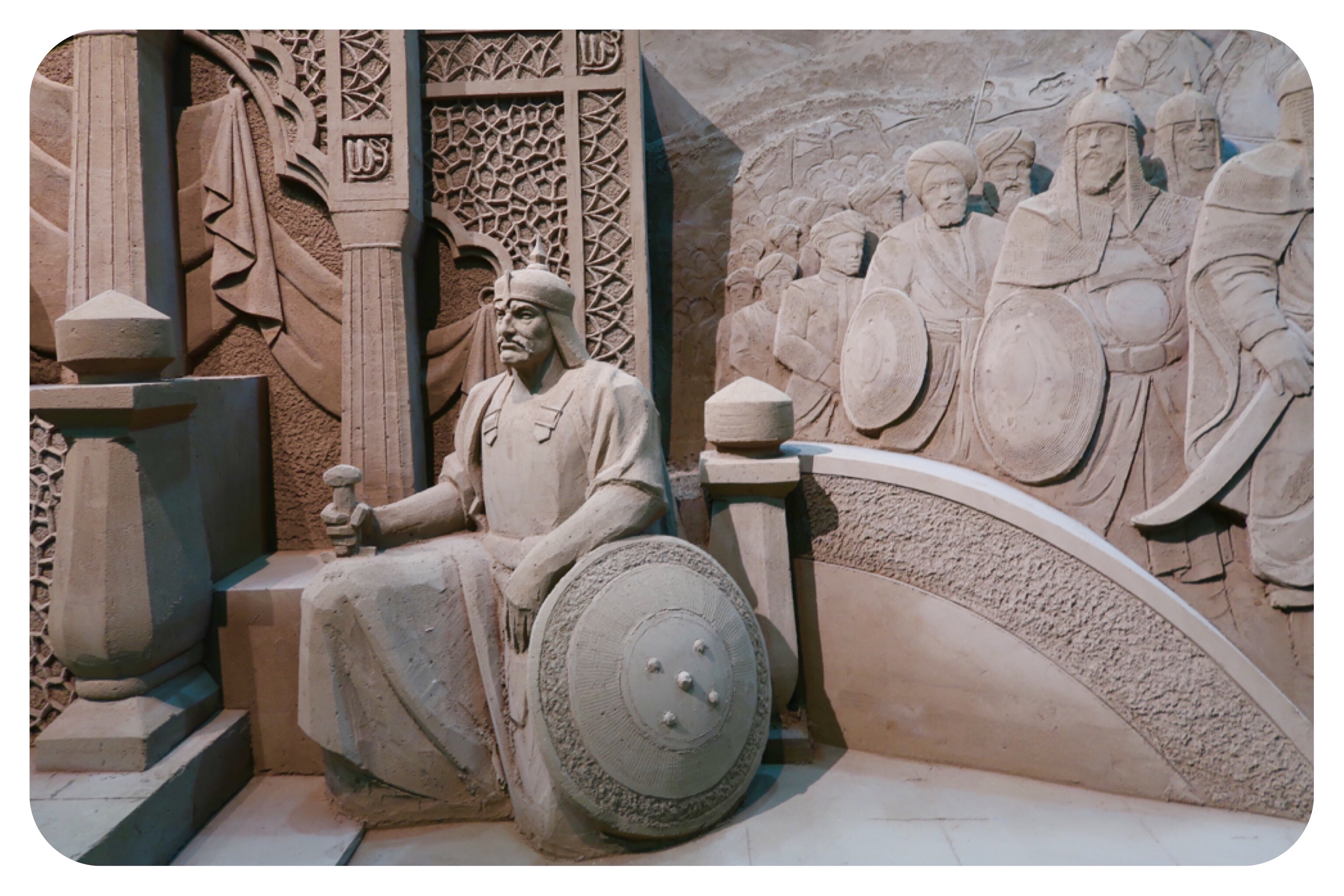






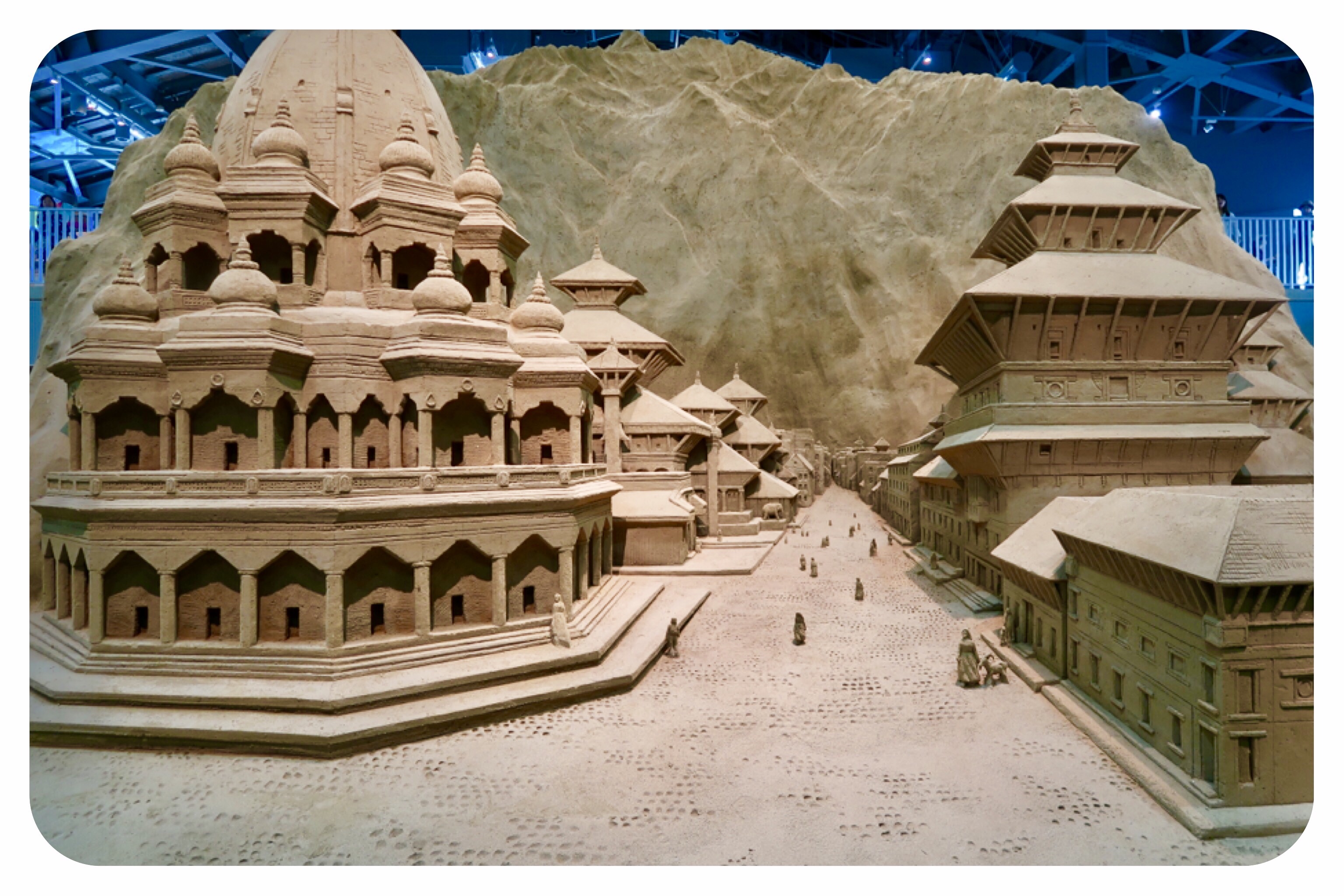



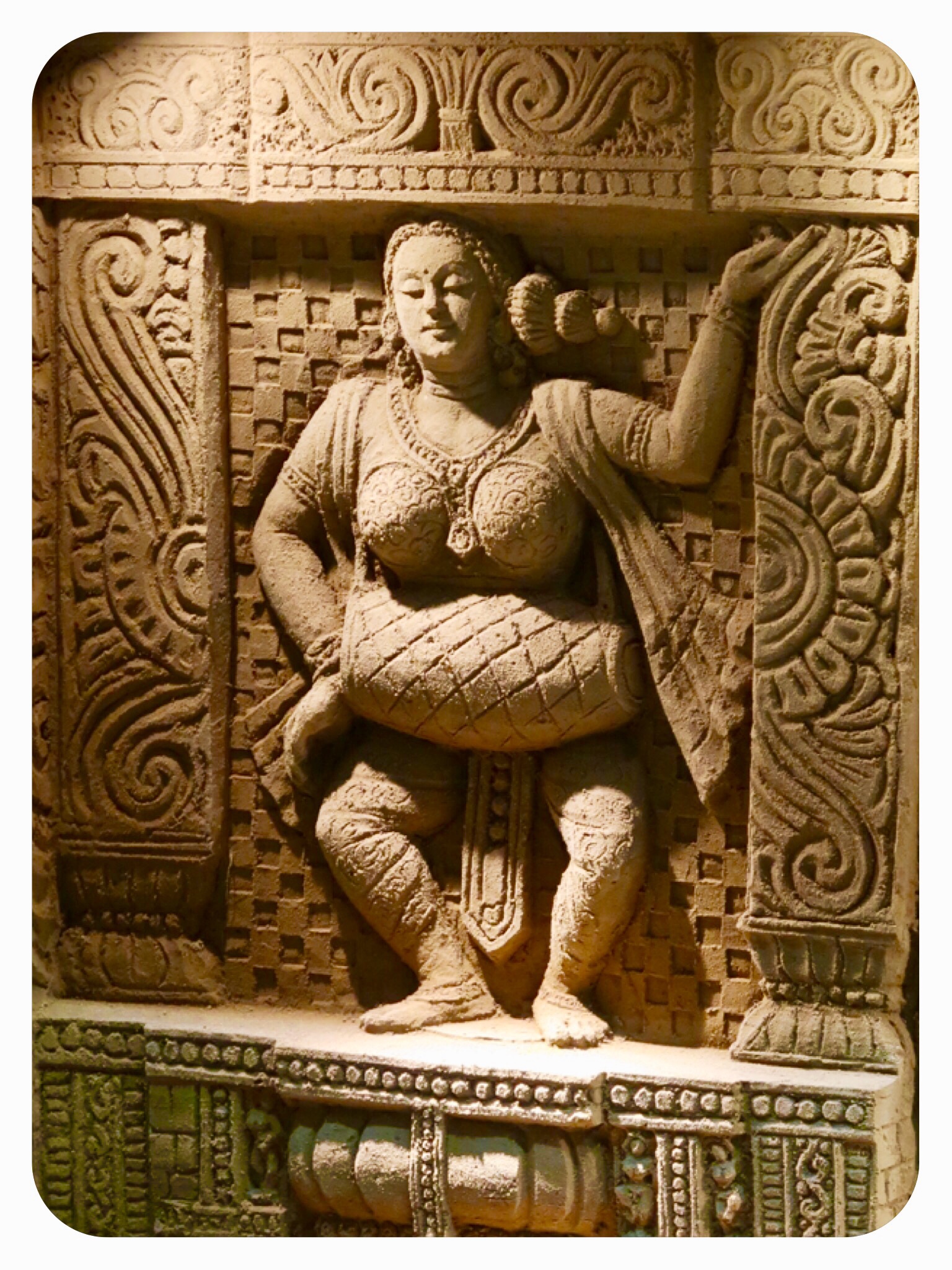

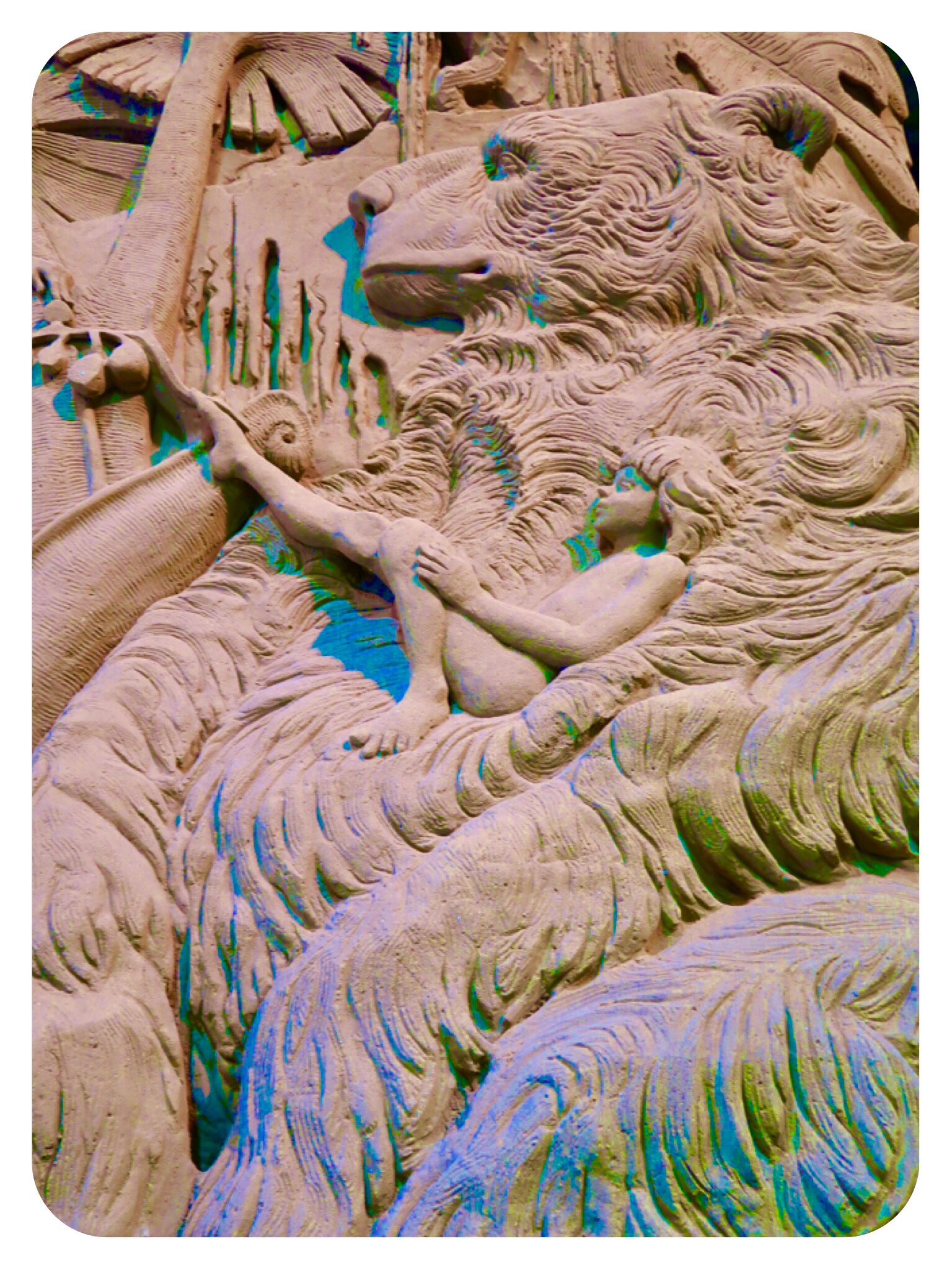















Day 60 - The Chūgoku 33 Temple Kannon Pilgrimage, Japan - Big Japanese Monk In Maniji Temple, And The Amazing Sand Sculptures In The Tottori Sand Museum
We were starting to feel fatigued from walking every day in the hot sun.
The heat from the asphalt radiates into our feet through the thin trekking shoes we wear.
On days that we have continued walking after sundown, we have noticed how reenergized we felt.
Without a doubt, it is walking in the hot sun that is taking its toll on us.
But we are determined to finish the pilgrimage despite the relentless heat, the upcoming rain, the weight of our backpacks, and feeling road weary.
After breakfast, we started walking towards Maniji, the third and last temple we have to visit in Tottori.
Maniji, or as it is also called, Manidera, is a mountain temple located on Mount Mani, north of Tottori city.
The walk was along a steadily rising uphill road, leading through a small village to Mani mountain.
I had read that the locals who love to hike in solitude in Nature, come to hike on Mount Mani.
They said it is preferable to going to hike on Daisenji, which is well known and thus more crowded, especially on weekends and holidays, when most people have the free time to hike.
At the foot of the temple, there are two or three shops selling sweets and drinks.
In front of the stairs was a fountain of mineral spring water, and a ceramic cup to use to drink.
It is said that the spring water coming from the mountain has a reputation for healing.
With or without the healing properties, we were very thirsty, and I drank three cups of fresh sweet tasting water, and insisted that Jules too, drink a full cup.
Jules has a fear of drinking contaminated water from unfiltered natural sources.
Then we climbed several long sets of stone stairs.
We counted three hundred and five steps leading up to the temple.
Manidera was founded in the year 834 by the important Tendai priest Ennin (793-864), a disciple of Saicho, the founder of the Tendai sect of Buddhism.
Ennin spent many years studying esoteric teachings in China, and he brought back the knowledge of esoteric magical Buddhist powers, available only to devoted practitioners.
The original temple was built on the summit of Mount Mani, a little higher than its present location.
It was destroyed by the Hideyoshi army in 1581, during the 200 day siege on Tottori castle.
In the Edo Period, the castle was controlled by the Ikeda Clan, and they rebuilt the temple at its present location.
They made it the “Kimon” - a mountain temple that provided spiritual protection to the castle from the dangerous northeast direction, similar to the function of Enryakuji Temple protecting the city of Kyoto.
The old grand and middle gates house a pair of large Nio Guardians.
The main temple complex is composed of numerous structures with Kannon and Jizo statues dotting the grounds.
It is said that there are more than a hundred stone statues spread across Mani mountain.
At first, the temple office was closed, and nobody responded to the buzzer we rang.
A phone was placed by the window, and we wondered if we were supposed to use it to call the someone to come to stamp our scroll and pilgrimage book.
Soon enough, a friendly priest dressed in a t-shirt rushed over towards us.
He stamped our book and scroll and asked us many questions.
He was a sweet and very generous man.
He kept on giving us gifts, once he understood that we were almost finished walking the entire Chūgoku pilgrimage.
First he gave us two white bandanas, to be wrapped around the head, with the red seal of the Tendai sect printed on them.
“It is very hot and it will help you while walking in the heat!,” he said.
Then he took us to the main hall and chanted the Buddha’s Heart Sutra with us, making incantations and hand mudras, snapping his fingers and beating the traditional wooden drum to keep a fast rhythm.
We kept up with his rhythm, chanting along.
He got a phone call in the middle of the chant, which he answered, all along keeping up the beat for us to continue chanting.
I heard him say on the phone that he is now chanting the Heart Sutra with two Americans.
He complimented us again and again on how well we chanted.
Then he gifted us two booklets of the Heart Sutra written with illustrated drawings, to aid in memorization.
Then he led us around the Hondo Main hall.
He showed us the large old guardians made of wood and painted in gold, dressed in fabulous armor, symbolizing protection of the truth and the teaching. The sculptures showed Indian influences.
At the main altar, the main deity worshiped is the Thousand-armed Kannon, and it is a "Hidden Buddha."
The wooden cabinet in which this Kannon Goddess is stored is opened only once yearly, and then for only three days.
Otherwise it cannot be seen.
He showed us a smaller replica of the thousand-armed Kannon, and showed us the approximate size of the original.
He lit some candles and sandalwood incense, and then gifted us a box of this incense, telling us that we would remember Maniji whenever we burn the incense.
He then let me hit the Taiko drum to the beat of the Heart Sutra, encouraging me to feel free and drum.
He took us outside to the big copper temple bell, and showed us the old engravings of the scriptures, and encouraged us to pray and then hit the bell and immediately stand under it, so the vibrations of the old bell would resonate in our hearts.
Usually when hitting the large temple bell, one has to put a fifty or a hundred yen coin in the donation box.
But he waved my donation away, asking me not to put any money.
I said I wanted to and put the money anyway.
The sound of the old bell resonated in my brain, and pulsated in my heart.... it was truly moving.
A smaller hall called the “Enma Hall”, houses a statue of Enma, the "King of Hell," his wife and several of his assistants.
Derived originally from the Hindu deity Yama, in his Buddhist guise he not only rules over the underworld, but he is a judge that determines a person's fate of reincarnation after death.
In front of Enma was a scale, and a person sitting on the scale on one side, and a box representing one’s burden in life, on the other side.
The priest, who told us that he is known by his friends in Sacramento, California as “Big Japanese Monk,” demonstrated that the heavier the burden one has in this life, the lighter and higher the person on the scale goes.
Then he made the burden light, and the person on the scale sank down.
This is actually a belief held by many spiritually inclined people.
It is believed that a soul who enters into a disabled body or faces very difficult life circumstances, is actually accomplishing a lot of soul growth in that one lifetime.
On the Temple grounds, there is a large hall that the priest told us is a replica of Zenkoji, a famous temple in Nagoya that we visited a few years ago.
Another reason for the Temple’s popularity is that unlike many other mountain temples, Manidera was never off-limits to women.
Big Japanese Monk asked us if we planned to hike Mount Mani.
We said that we had our hearts set on going to see the Tottori Sand Museum and we would not have the time to do both.
In his wonderful generosity, he ran to his private quarters in the back and returned with a discount coupon for our entry fee to the museum.
He said he called the museum to let them know that we are coming.
“Make sure to ask for Mister Takatori, I told him two Americans are coming and he will wait for you.”
What a difference one friendly Buddhist priest made in making our pilgrims’ hearts glad.
We went from feeling tired to being delighted, that our pilgrimage has brought us to meet such amazing people and have such wonderful experiences.
We politely refused Big Japanese Monk’s offer to drive us to the Sand Museum, and walked to the museum, located above the Tottori Sand Dunes.
We entered at the top entrance.
We used the discount coupon that the priest had given us, knowing that he would call to ask if we had arrived.
We asked for Mister Takatori, like he told us to do, but when the person at the entrance asked if he should call Mister Takatori, we said that was not necessary.
As we entered the museum’s main hall, a friendly man ran over to us.
He introduced himself as Mister Takatori and gifted us postcards of the sand sculptures and VIP commemorative buttons of the sand museum.
The Tottori Sand Museum is the world’s first indoor museum dedicated entirely to the art of sand sculpture.
Every year, a team of some of the best sand sculptors from around the world comes together to create works of art based on that year’s exhibition theme.
The museum closes for 3 months while the sculptors are hard at work on their creations.
This year’s theme is Asia, and the works of art were incredible, and when you realize how hard it is to sculpt sand, it is really unbelievable!
Tired and hungry, we had a very good Nepalese meal at a mall in north Tottori.
We ate stir fried avocado, which was actually amazing, expertly cooked with a number of Indian spices.
We attempted to walk back to our hotel near Tottori station, since it was so nice and cool outside after dark.
But the streets were so dark, that we had to go into a restaurant and ask them to call a taxi for us.
With love and many blessings,
Tali
Daily Stats:
Steps: 26,540 steps
Distance Walked: 19.5 Kilometers
Active Walking: 4.5 hours
Total Time: 6 hours
Total distance walked on the pilgrimage so far: 1199 Kilometers
Temples Visited: Bengai Special Sacred Temple: Maniji Temple 摩尼寺 in Tottori
Accommodation: Taisuikaku Shitake Onsen hotel in Tottori
A Hot Springs hotel with nice Japanese style rooms, a lovely mineral hot springs bath, fast internet, and a central location near the Tottori station.
Offers meals by prior arrangement (we took only breakfast).